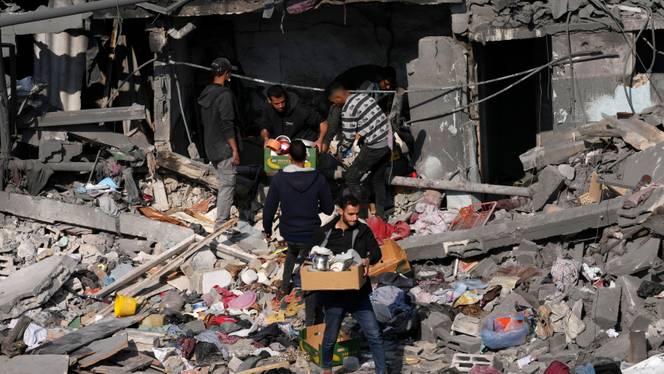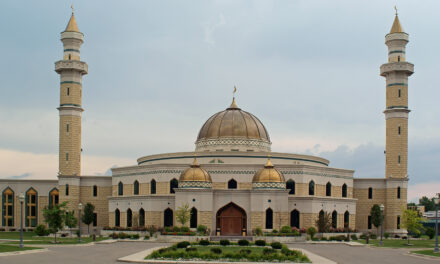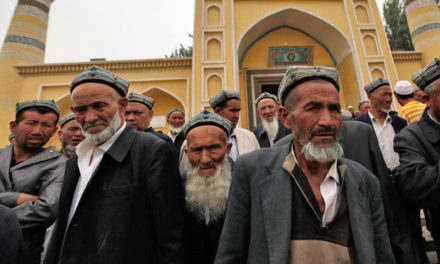A substantial amount of support is needed from the international community to remove the tons of rubble all across Gaza, as well as the actual rebuilding of housing and infrastructure. / Photo: AP
Palestinians will face an “uninhabitable” Gaza for decades to come because of Israel’s deadly ongoing war, which has laid waste to urban areas, agricultural land and all basic infrastructure in the besieged Palestinian territory, according to experts.
“In any war and conflict, the toxic trail that is left upon generations after the guns fall silent will be there, because of debris management, oil installations, sewerage,” Inger Andersen, executive director of the United Nations Environment Program (UNEP), said on Sunday.
PAX for Peace, a Netherlands-based organisation that works in conflict areas across the world, carried out a rapid environment assessment study on Gaza.
The basic conditions needed for life in Gaza have been “seriously degraded” by Israel’s military campaign, according to Wim Zwijnenburg, humanitarian disarmament project lead at PAX and one of the lead authors of the study titled “Uninhabitable?”.
Zwijnenburg said people are stuck in Gaza and the “siege” imposed on the Palestinian territory, with “conditions that make life possible … being demolished either from the humanitarian or environmental perspective.”
“It makes parts of Gaza literally uninhabitable for the years, and maybe decades, to come. It seems to be that this is a deliberate strategy by the Israeli government to force people out of Gaza itself,” he said.
“It is a complete destruction of the elementary infrastructure. Palestinians cannot go anywhere and cannot import anything to make life better.”
1. Acute and chronic health risks
The environmental dimensions of conflict zones fall under a pyramid, with the first level focusing on acute risks to public health, Zwijnenburg explained.
Smoke from bombed factories, with plastics and other packing materials being burnt, exposes people to hazardous substances, he said, citing the al Madina soft drinks factory as an example.
He said most of the factories being bombed have hazardous materials and the risks they pose to people grow exponentially if they are located in areas with civilian populations.
“The damage in Gaza compared to Ukrainian buildings is 22 percent. Given the fact that Gaza has 2 million inhabitants and Ukraine has 14 million, Ukrainian frontline is 1,200 kilometres and Gaza is only 40 kilometres long, the relative damage in Gaza is much higher,” he said.
“I think, we should not be surprised because more than 50 percent (of housing units) or even more are destroyed. That is massive.”
2. Water security, infrastructure
The second level of the pyramid refers to direct and indirect public and environmental impacts, including damage to water resources and energy infrastructure.
Water security has been a critical aspect in Gaza as Israel’s attacks have destroyed most of the region’s water, sanitation and hygiene infrastructure.
According to the PAX report, this is already leading to acute and chronic public health risks, which refers to UN data indicating that most Gaza’s residents live on one to three litres of water per day, well below the international emergency threshold of 15 litres a day.
People do not have access to clean drinking water, which will impact their health, while the general situation carries a grave risk of an outbreak of communicable diseases, said Zwijnenburg.
There could be outbreaks of diarrhea, and potentially cholera, which could particularly impact vulnerable populations such as children and the elderly, he said.
3. Waste management collapsing, farmlands damaged
The third dimension of the pyramid refers to the medium- and long-term conflict and environmental risks from rubble, lack of waste management and agricultural impacts.
Solid waste management is collapsing in Gaza, Zwijnenburg said, adding that thousands of tons of solid waste usually stored in landfills is now dumped on streets.
People are also burning solid waste and that could potentially lead to leaks into groundwater sources, he added.
“On top of that, we have the massive destruction of urban areas that are generating a lot of dust. And we know that buildings contain asbestos and cement, potentially heavy metals,” he said.
Over 25 percent of Gaza’s farmlands have also been affected by Israeli attacks, as well as its fisheries, he said.
Zwijnenburg said a substantial amount of support is needed from the international community to remove the tons of rubble all across Gaza, as well as the actual rebuilding of housing and infrastructure.















